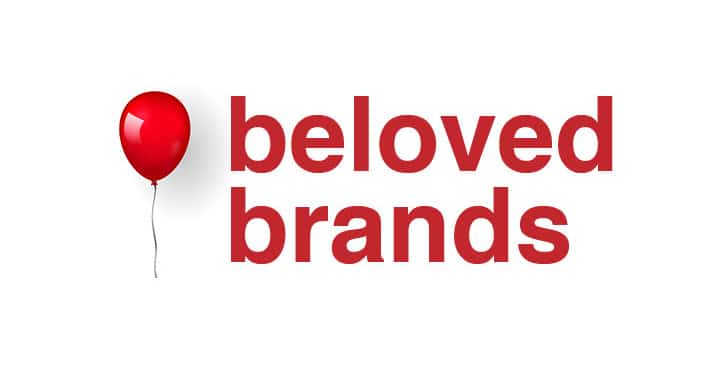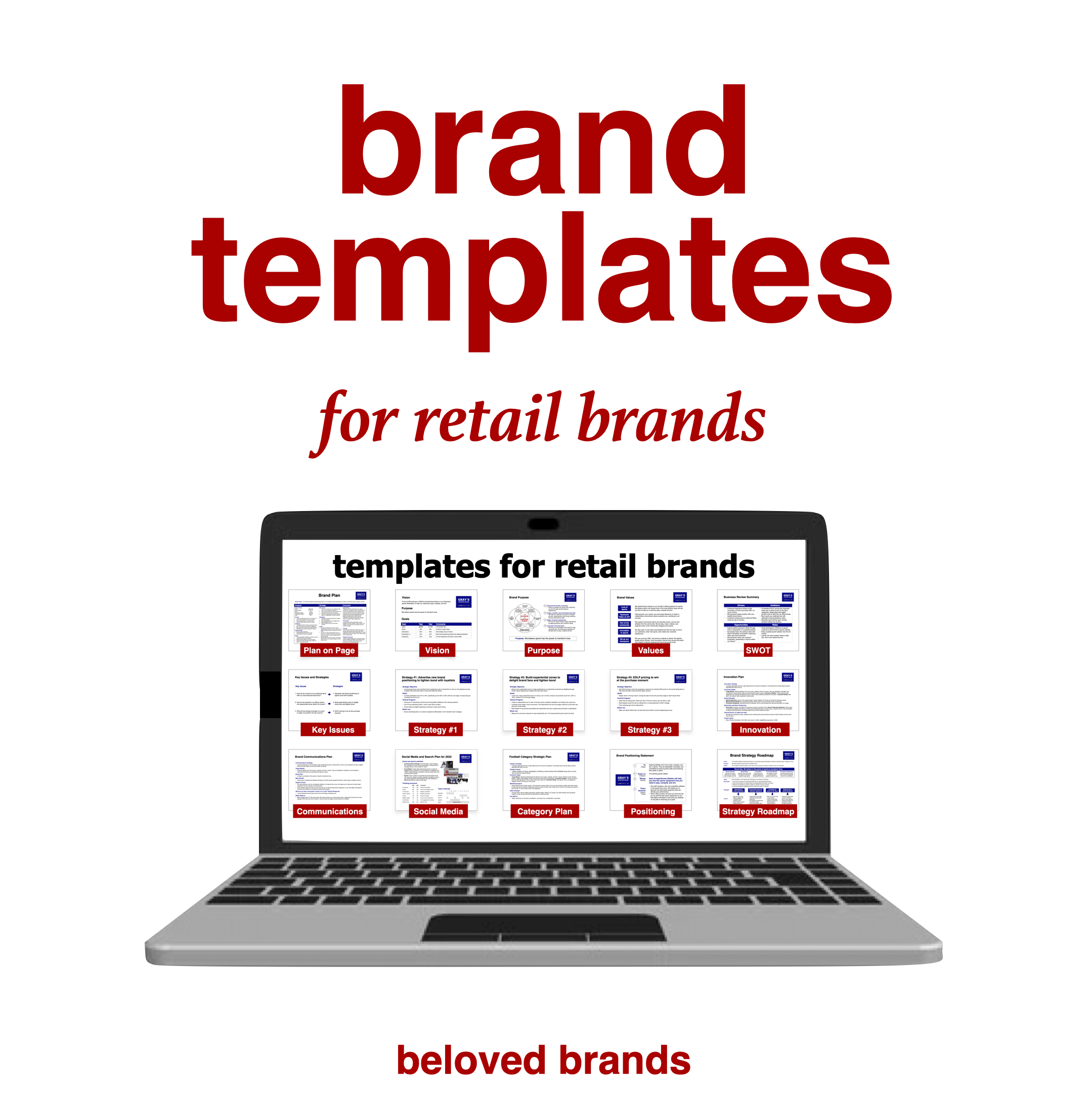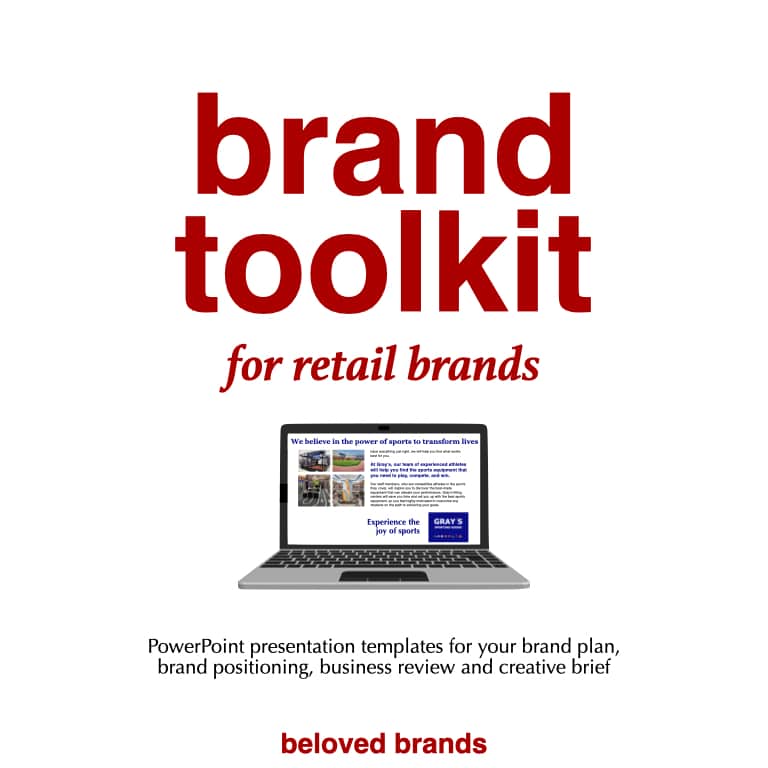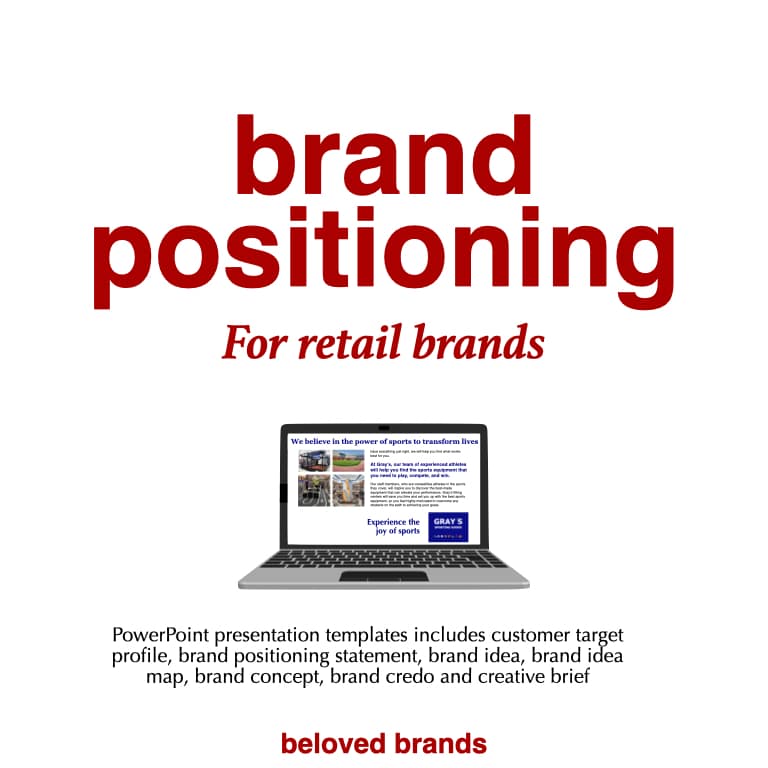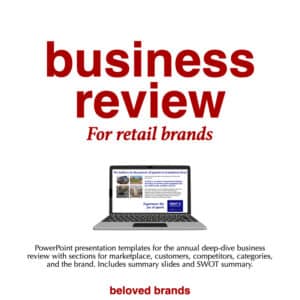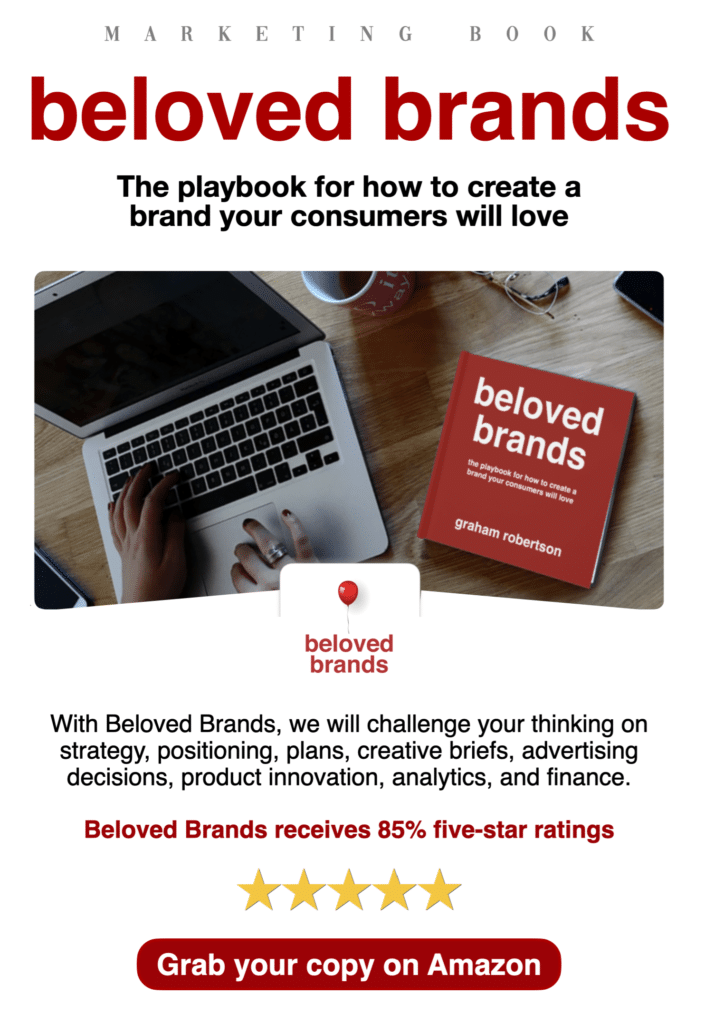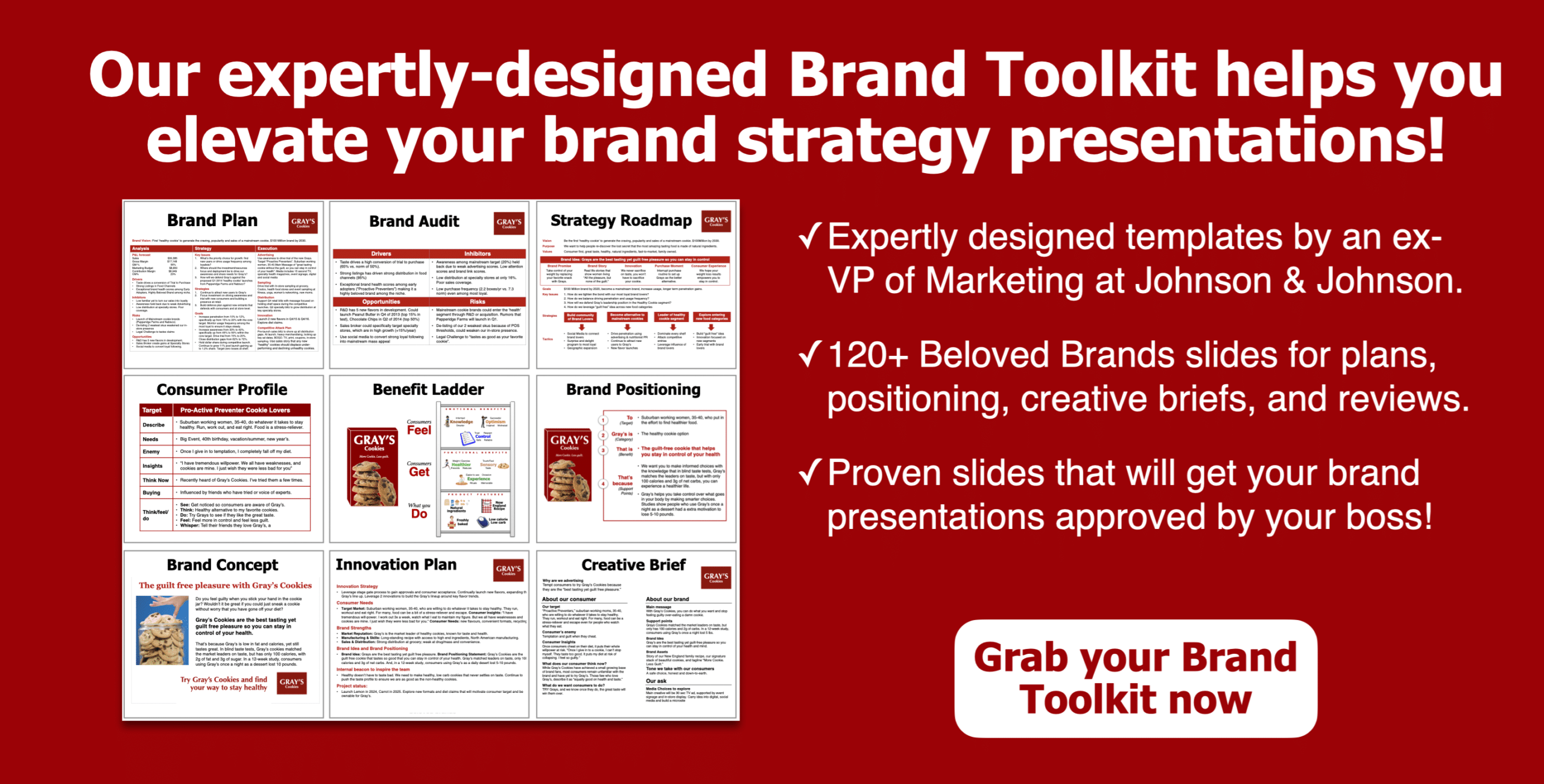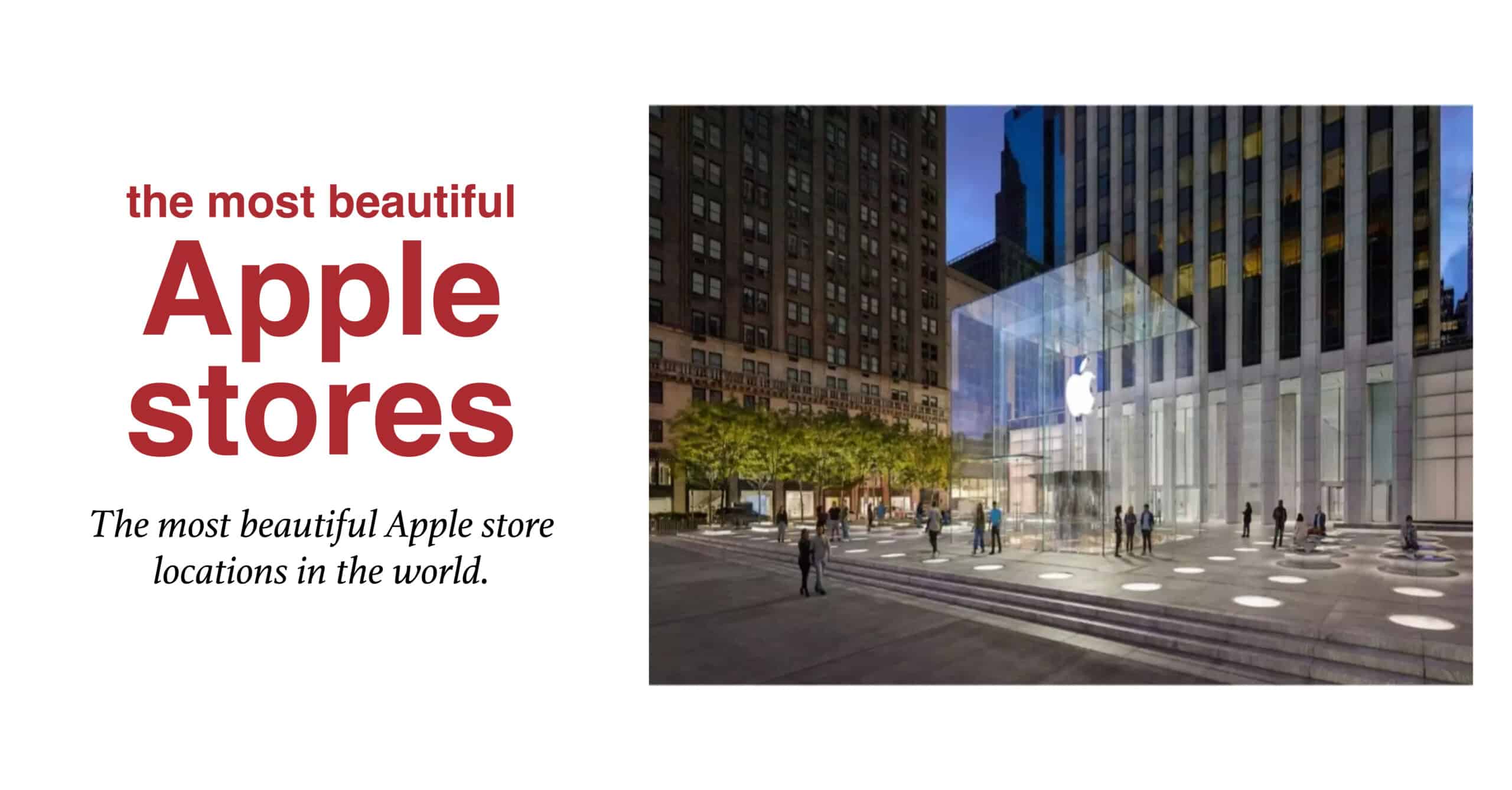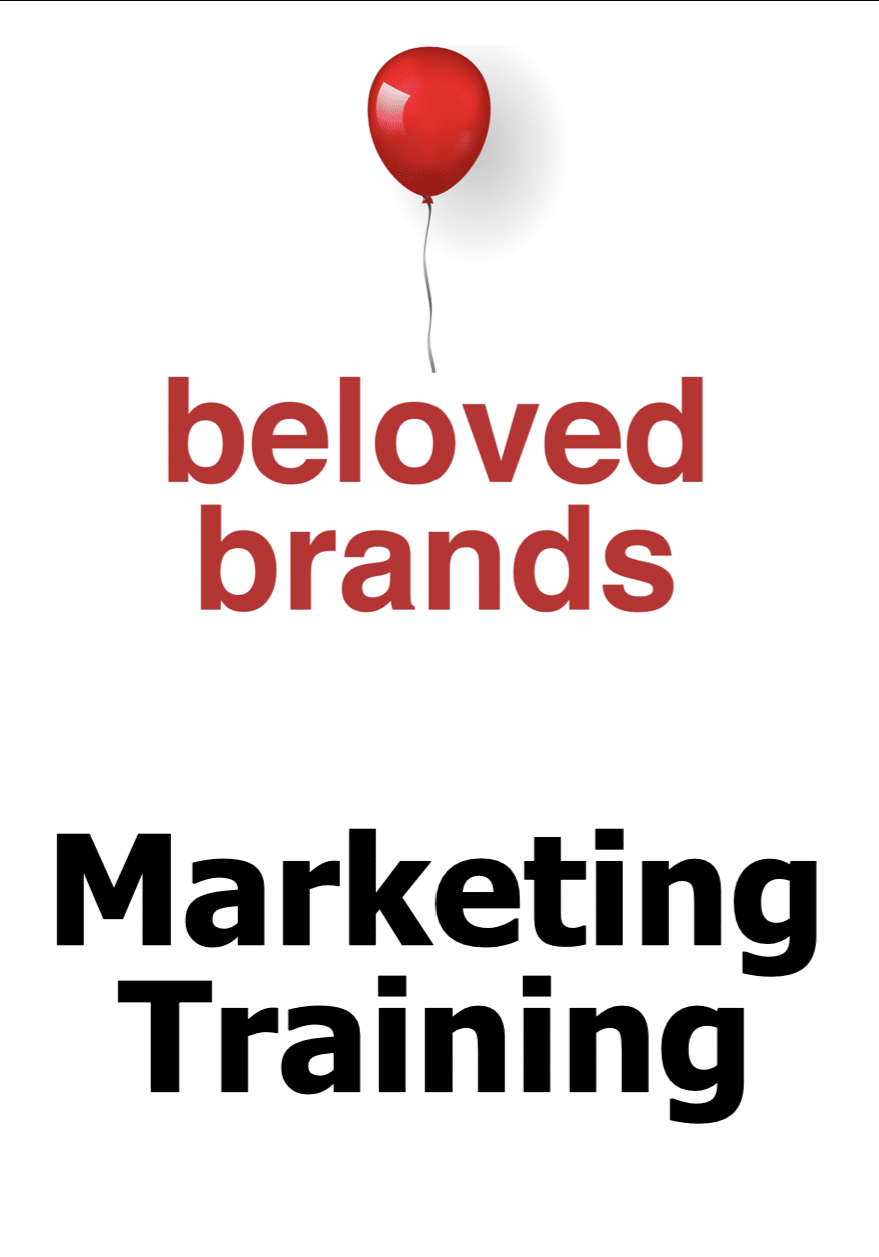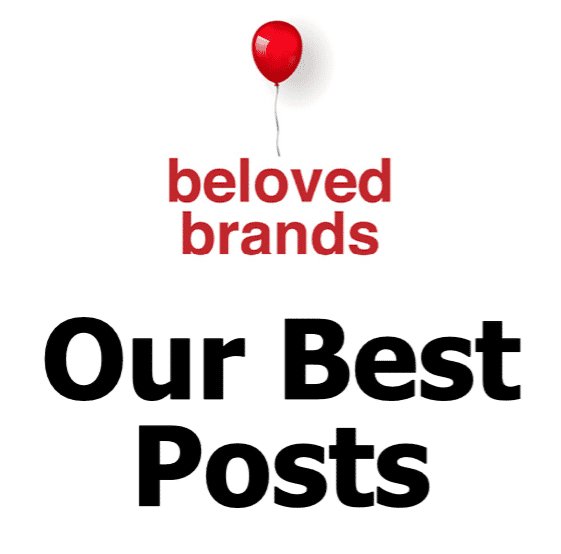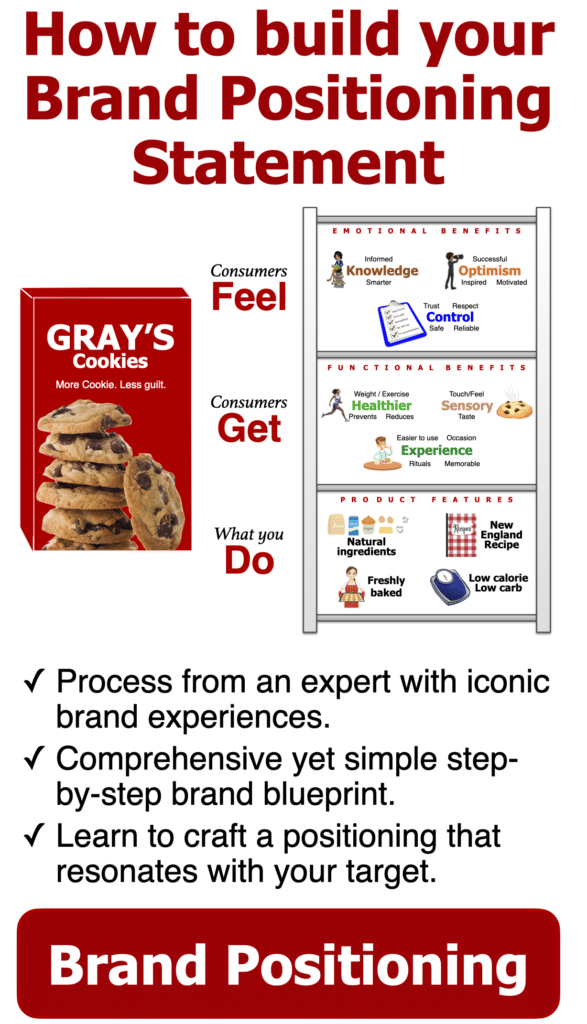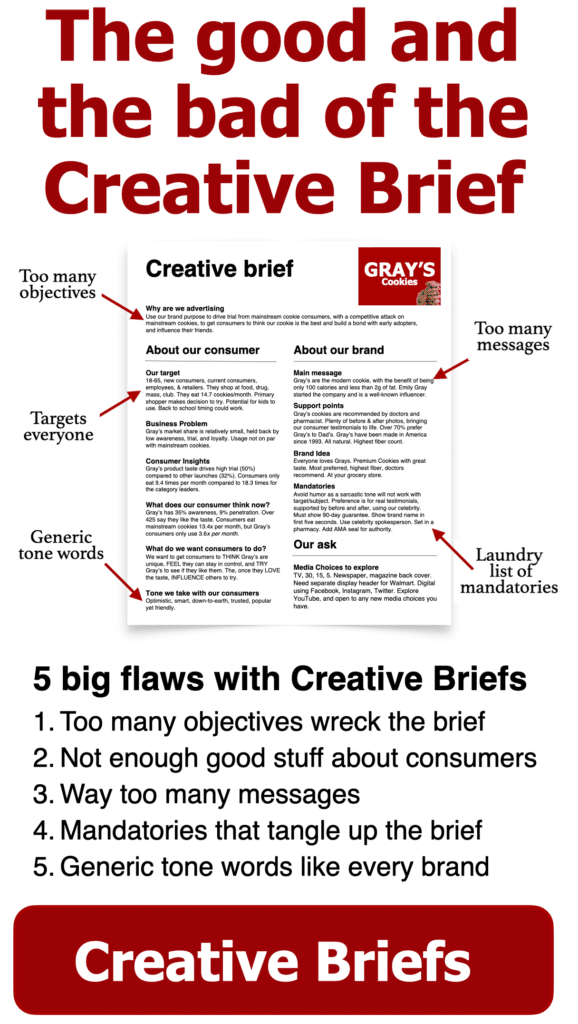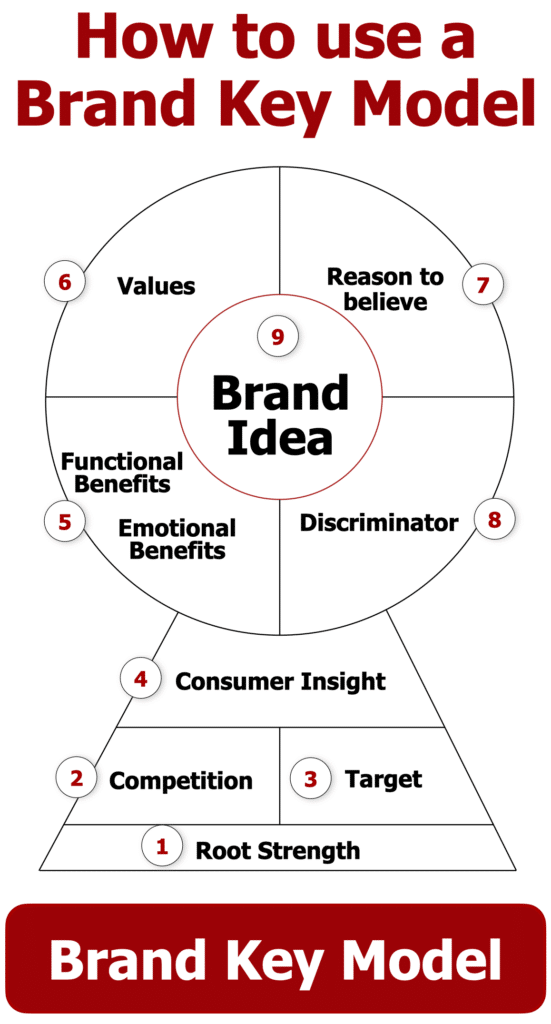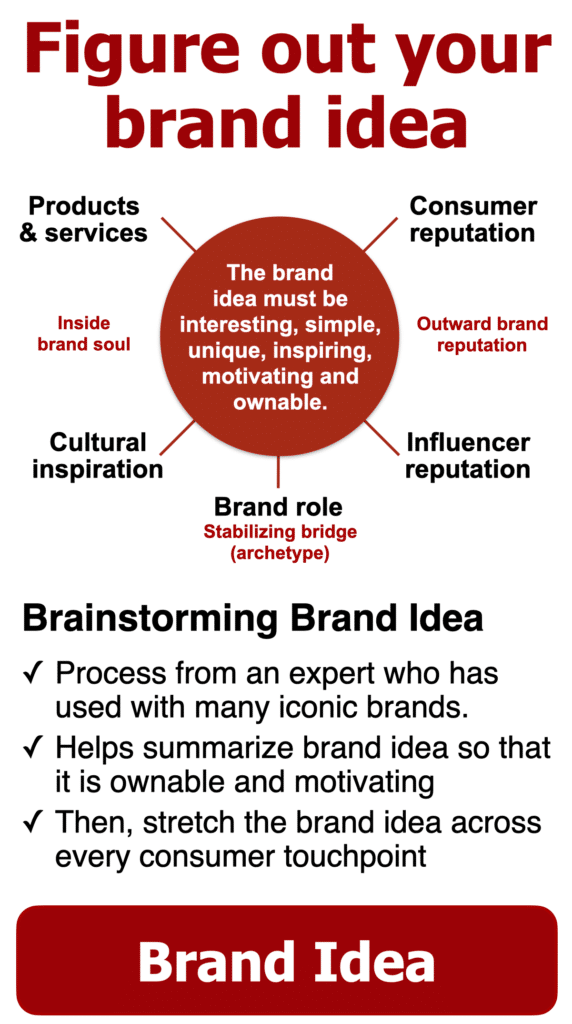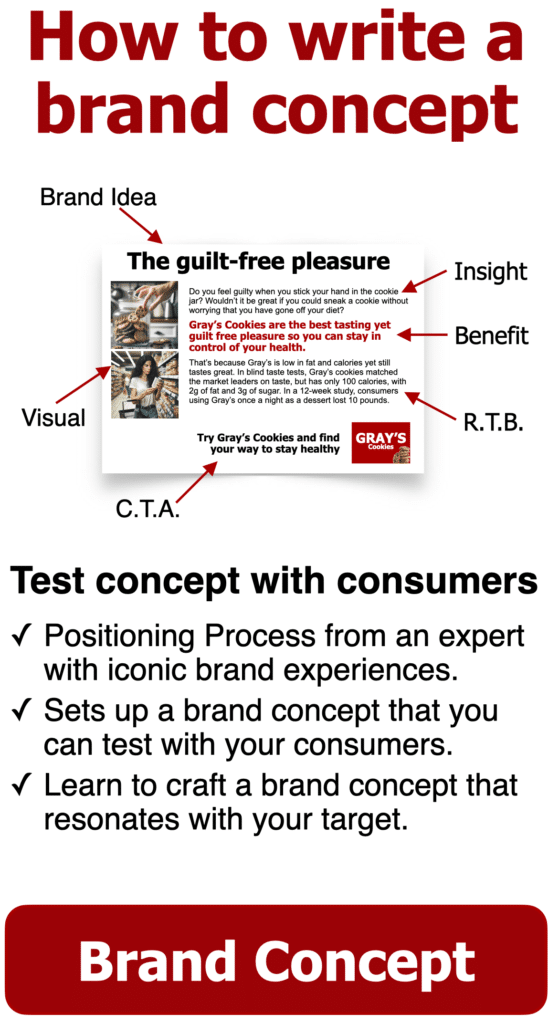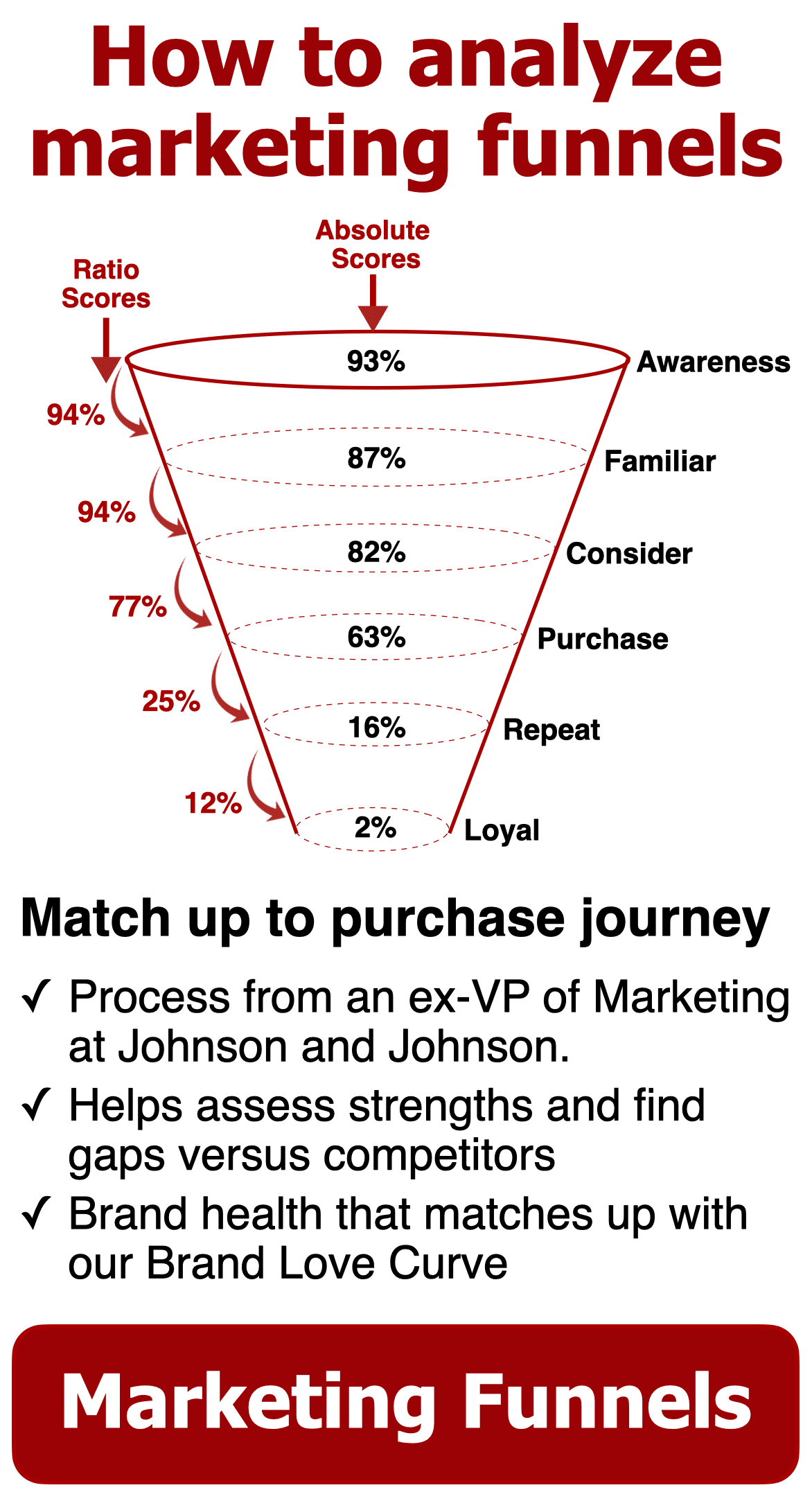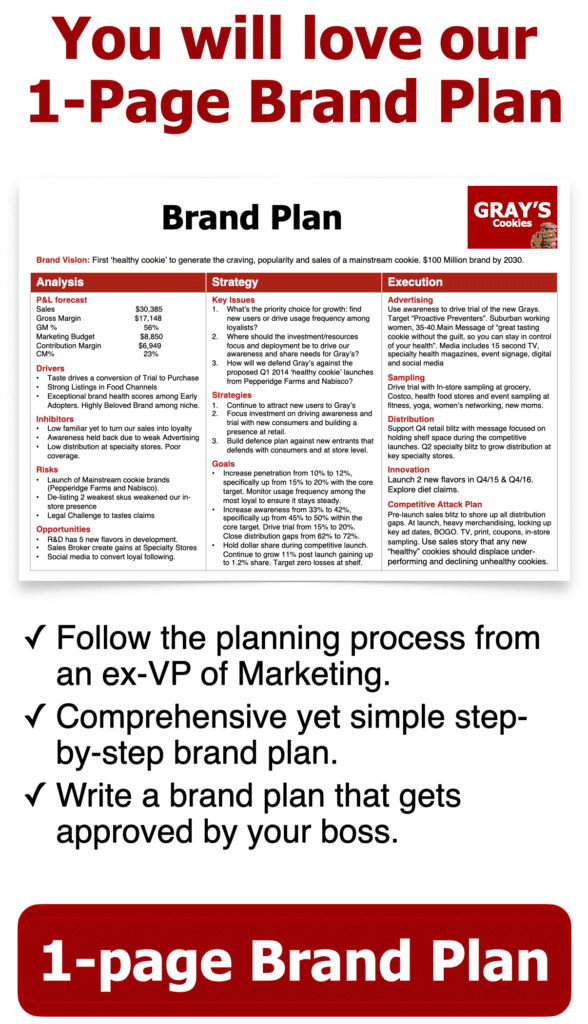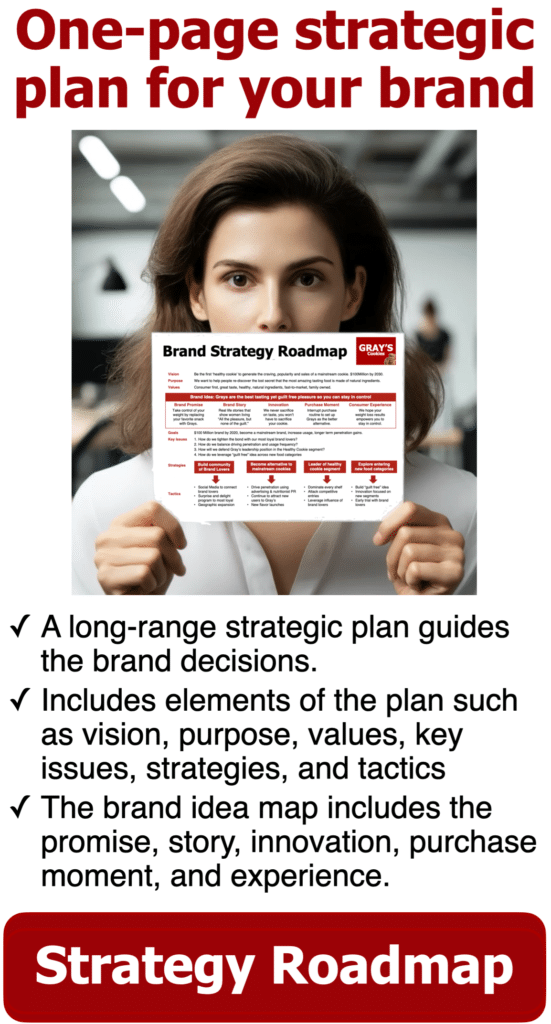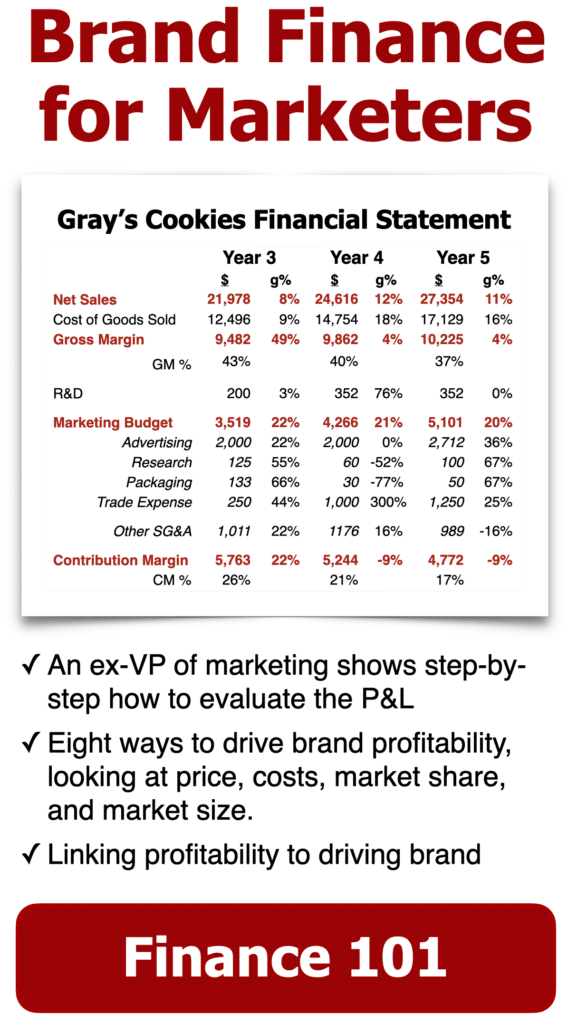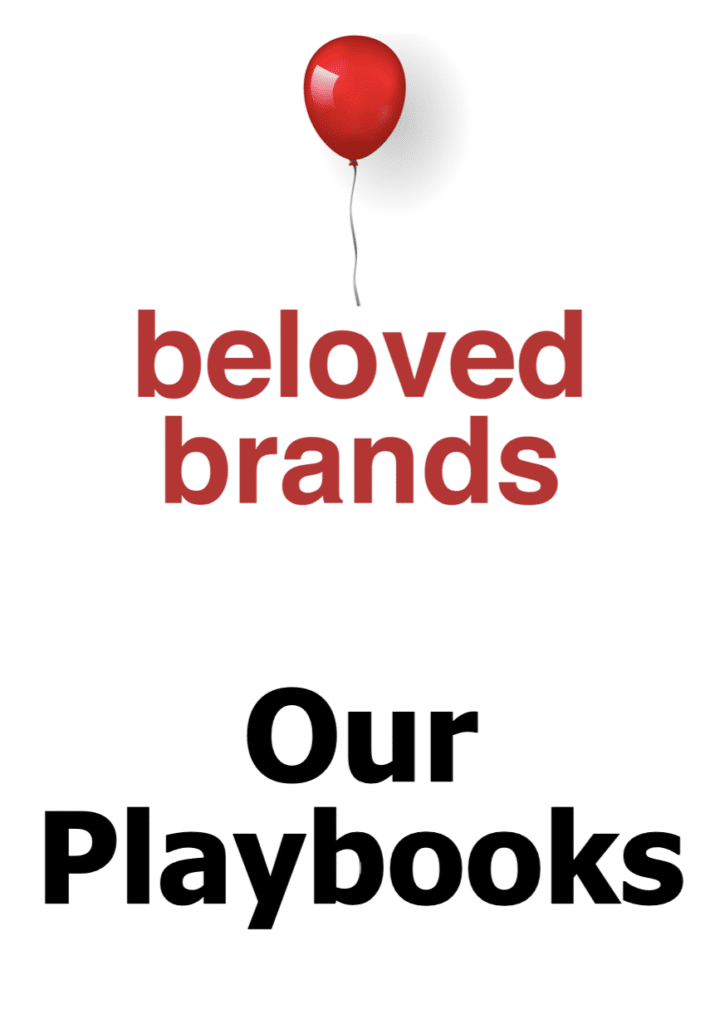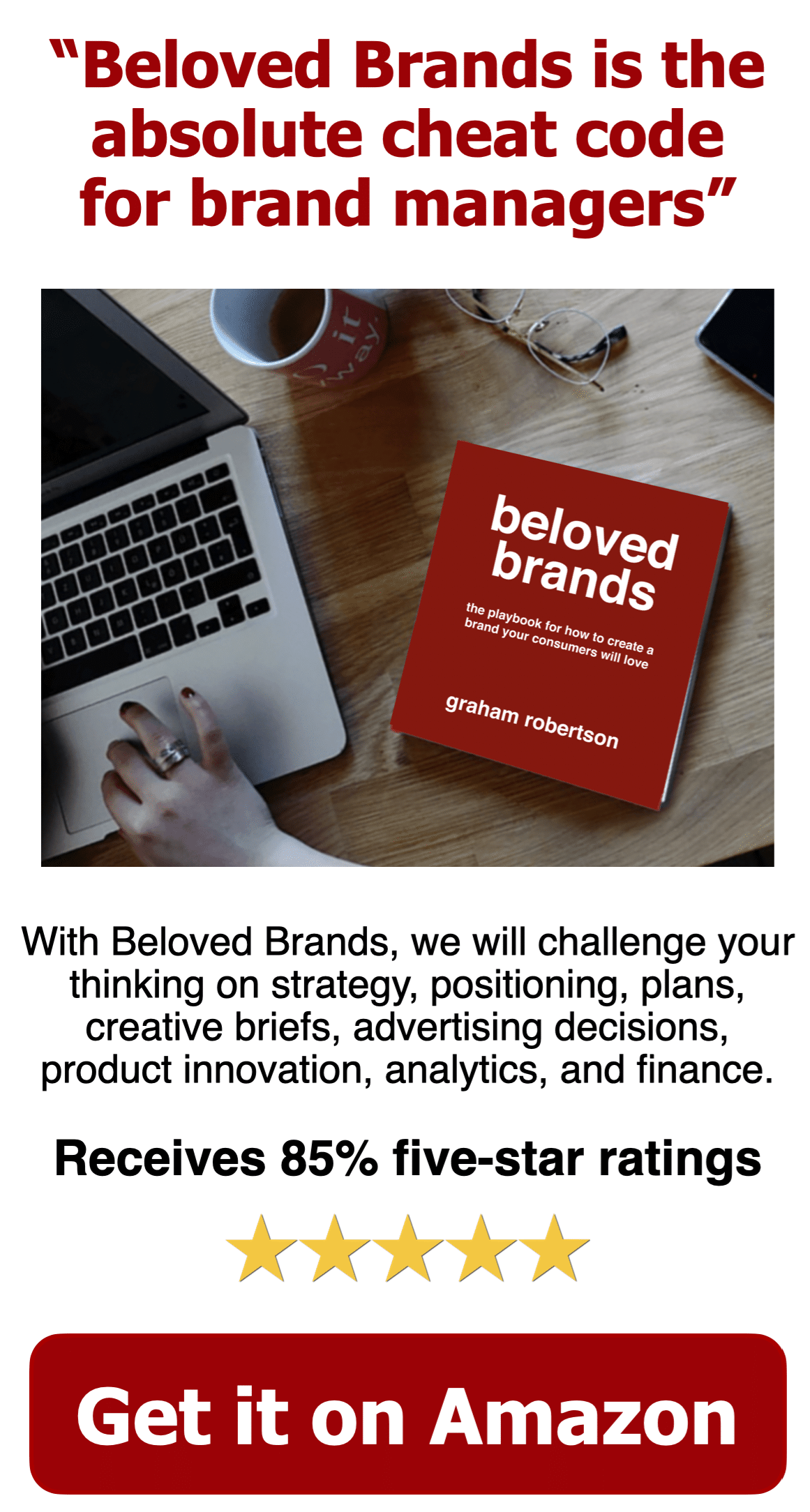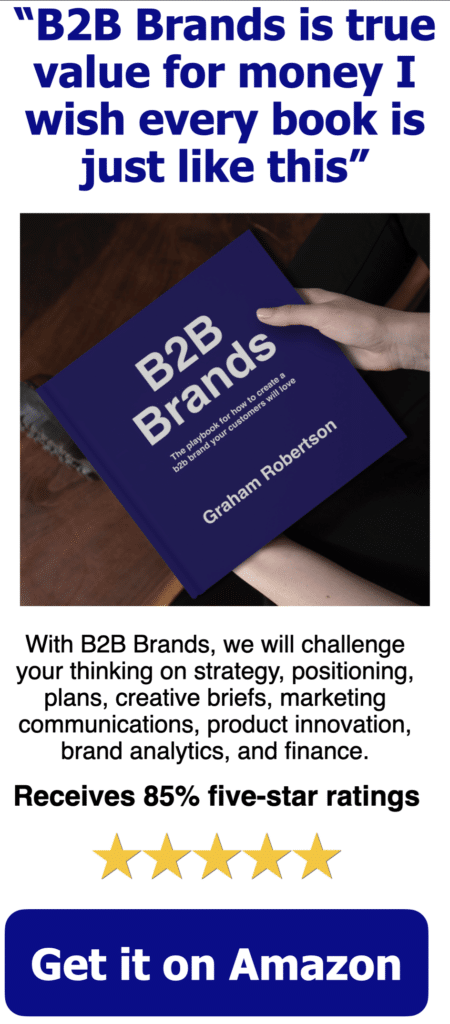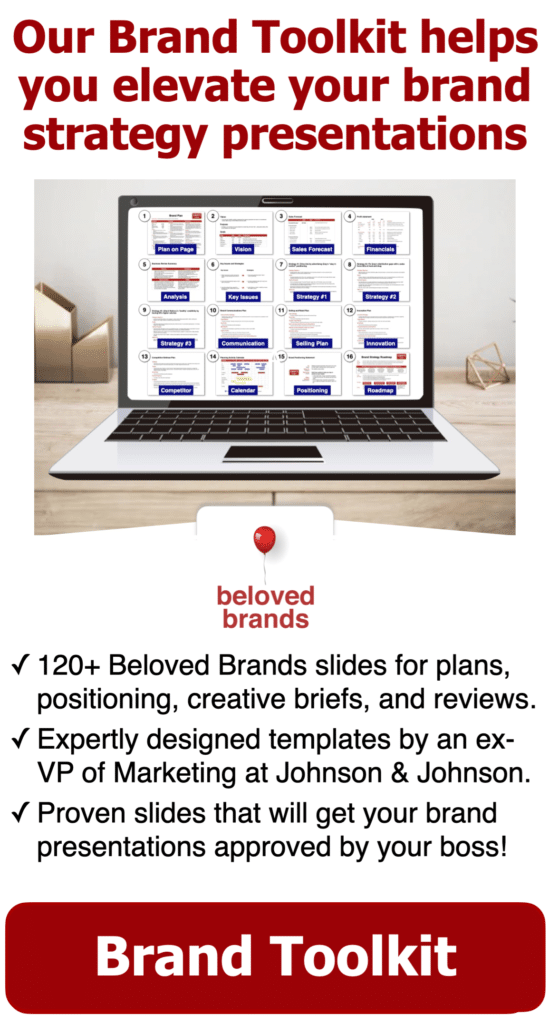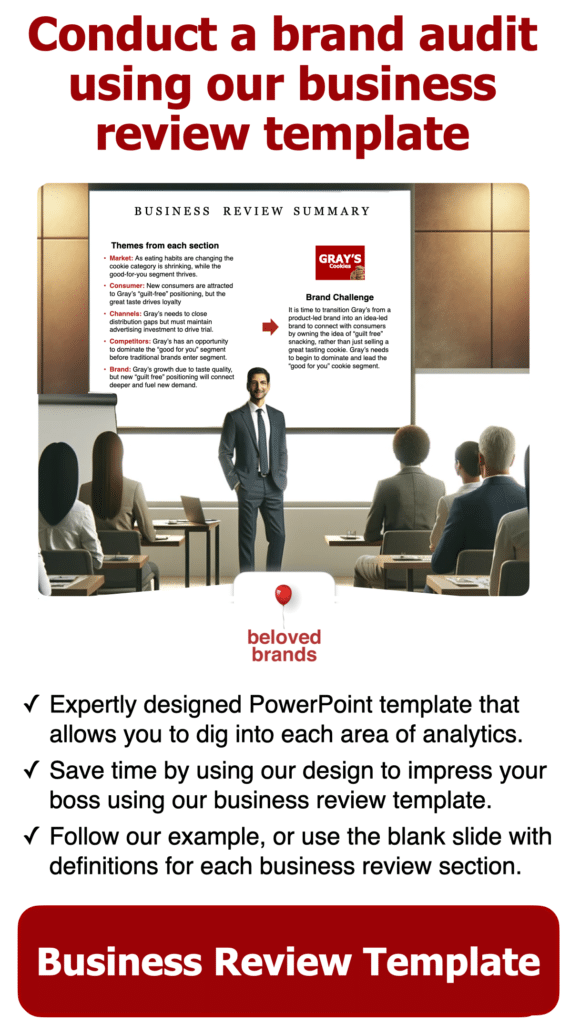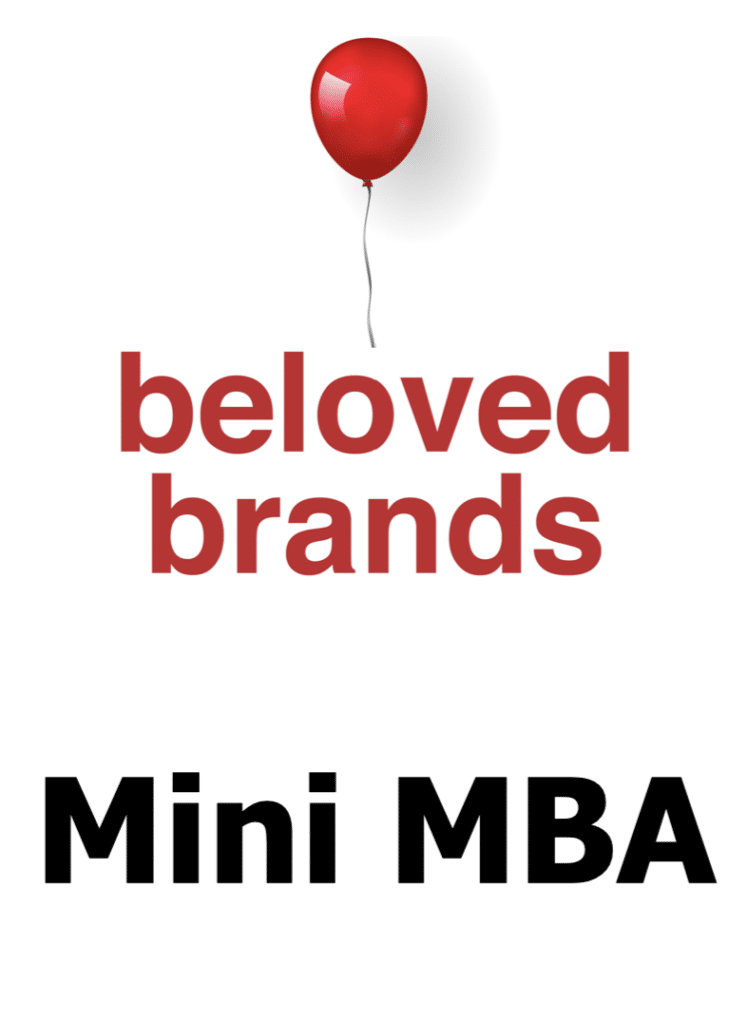Retail giants like Target have had their fair share of ups and downs in a world constantly reshaped by technological advancements and shifting consumer behaviors. Yet, amid the ebb and flow of the retail side, Target’s essence of ‘joy’ remains unshaken. Our Target Case study shows how their commitment to “help all families discover the joy of everyday life” has set it apart and provided invaluable lessons in navigating an ever-evolving retail landscape.
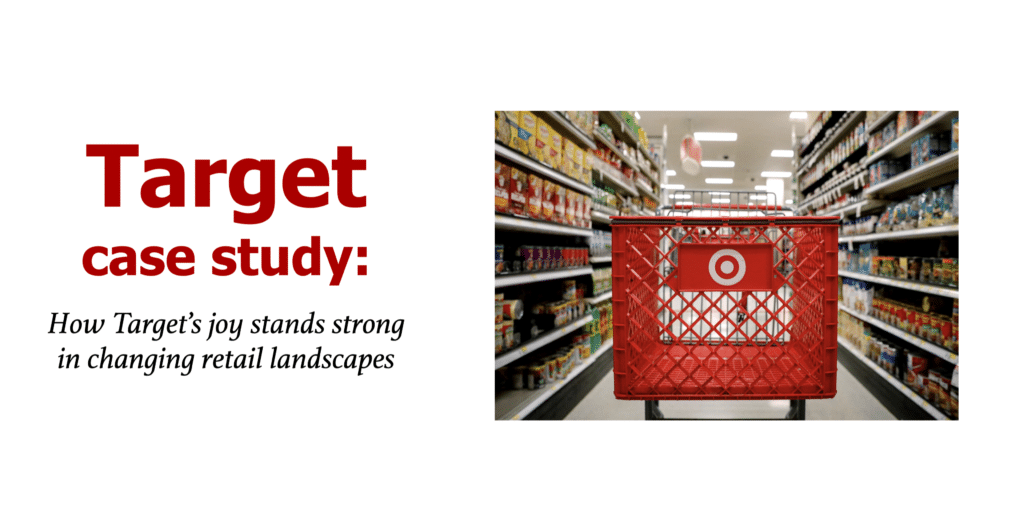
Target starts with a strong foundation
At its core, it isn’t just another retail store—it’s a brand experience. Its red bullseye logo isn’t merely a symbol but a promise of joy, surprise, and accessibility. In the US, shoppers don’t just go to Target; they experience Target. The brand’s carefully curated collections, collaborations with designers, and in-store experiences showcase the essence of joy that other retail giants often overlook. This commitment to offering value without compromising on the joy of shopping has solidified its place in many American hearts.
Challenges of global expansion
However, a strong brand foundation doesn’t always guarantee international success. Each market possesses unique characteristics—cultural nuances, consumer preferences, and competitive landscapes. While the formula may work seamlessly in one country, it requires adaptation in another. Its venture into Canada serves as a poignant reminder of these challenges.
Target's failure in Canada
After losing nearly $1 billion in its first year in Canada, and facing future multimillion-dollar losses, They discontinued its operations in Canada and closed 133 stores. The news of the closing should not be a surprise. The Target stores were empty. The speed at which they left felt pretty shocking. Our Target case study looks at why they didn’t even make the 2-year anniversary.
It’s not like Canada is all that different. As well, given their proximity to Canada, it should have been pretty easy for them to figure it out. With this Target Case Study, we go through the 10 real reasons why Target failed in in Canada.
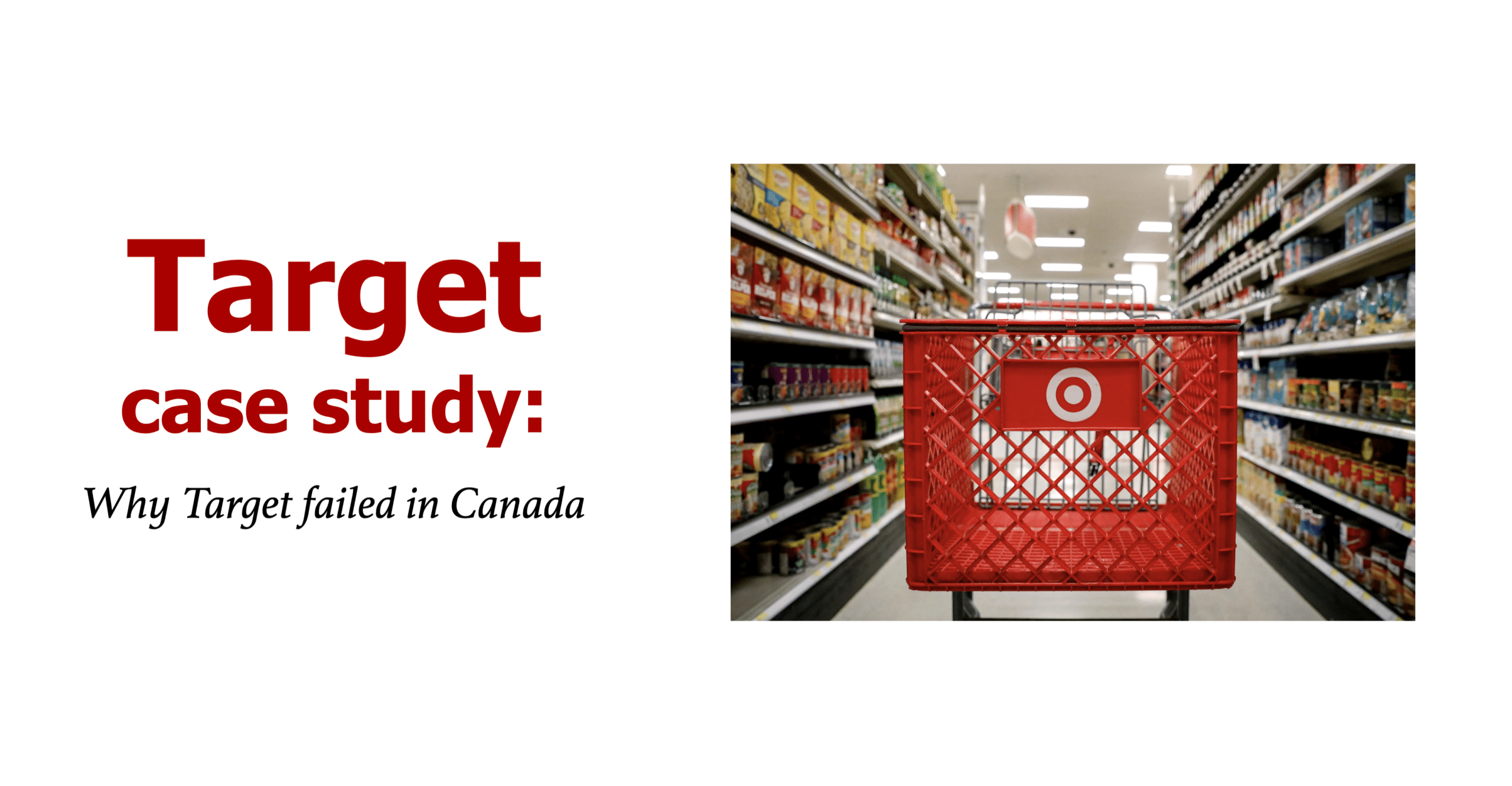
Why Target stores failed in Canada
1. It just wasn't different.
Undoubtedly, brands have four choices for how they can position themselves: better, different, or cheaper. Otherwise, they won’t be around for long. In the US, their stores have always taken the “different” positioning. They focus on trendy products for suburban moms with an engaging, broader offering.
At the heart of our Target Case Study is the fact that when they launched in Canada, their stores never found a way to separate themselves. They weren’t different enough from Walmart. Importantly, they disappointed potential loyal consumers in Canada, who had already bought into the US version of Target. And they didn’t seem different enough from Walmart to get “new consumers” to go in and give it a try.
2. Walmart had already occupied suburban positioning in Canada.
In the US market, Walmart grew up through the 1970s and 1980s as a small town or even a rural brand. Target found success in the suburban and cooler version of Walmart.
If they looked at pure demographics, Canada looked like the perfect fit for Target’s suburban positioning. Canada has the biggest middle-class population in the world. Six main cities dominate Canada’s population base.
However, when Walmart entered Canada in the 1990s, it purchased the retail footprint of Woolco, which was a suburban brand. Walmart’s strategy in Canada closely resembled Target’s suburban strategy in the US. Walmart went after suburban moms, with new/fresh stores and big, wide/clean aisles. Walmart stores in Canada offer a superior shopping experience to Walmart stores in the US.
3. Loblaws already occupies low-priced clothing for cool moms positioning.
Loblaws is Canada’s biggest food retailer. They are known to copy great retailers around the world. They viciously attack their competitors. While originally a grocery store, the Loblaws stores have become a mass merchandiser store. Many of the suburban Loblaws stores kinda look like Target stores. Consumers can get the same low-priced clothing for the cool moms, via the JOE FRESH brand. This took away a potential competitive advantage for Target to leverage.
To view, click on the Target Case study photo to see Joe Fresh clothing.
Our brand toolkit for B2B brands is our most comprehensive template helps you communicate your brand plans, brand positioning, business review and creative briefs.
Our brand plan template offers slides for vision, purpose, analysis, key issues, strategies, and execution plans, ensuring a thorough approach to your brand’s development. The brand positioning template guides you through defining your target profile, crafting a brand positioning statement, and developing a unique brand idea, concept, values, story, credo, and creative brief. Finally, our business review template provides slides for in-depth analysis of the marketplace, customers, competitors, channels, and your brand.
Choose the right template for your business needs
4. Target invested too much and too fast in new locations and new employees.
They launched 133 stores and hired 17,000 employees in Canada. That’s almost half of Walmart’s footprint in Canada, which has been in Canada for 20 years. Target took on the leases of Zellers stores. Then, they invested a lot of money to fix up these locations. Essentially, the over-investment was costly and crippling to the operations.
They tried to do way too much too soon. With all their money spent on fixing stores and hiring people, Target stores in the US were unable to deliver the same experience they were delivering in the US.
As a result, their operations were sloppy. The procurement system was so poorly run that empty store shelves were common. With half-empty shelves, it’s hard to blame consumers for not being excited.
Target should have staggered their launch by starting with Toronto only.
Let’s play armchair quarterback with this Target Case Study. And let’s back up and see two strategic choices for Target to launch in Canada:
- First, go big with a launch everywhere, fast. (chosen strategy) This strategy allows them to gain entry and preempt any competitive attacks from Walmart or local retailers. This requires a huge investment with 100+ stores and 15,000 employees.
- Second, pick limited locations and do it right. (alternative strategy) They could have focused on Toronto, which has 6 million people and is filled with suburban moms that Target loves. It was a moderate investment, but that money could be focused enough to ensure the stores were done right.
With this alternative strategy, once having a degree of success, they could have generated enough excitement and proven that It would be successful in Canada. Then, they could have expanded to key markets as they established themselves and managed to create a loyal following.
5. Target had no money left to actually drive demand.
The best thing about their launch into Canada is that getting a great parking spot was easy. Moreover, there were no crowds in the aisles, and you didn’t have to line up to pay. Why? Because there was no one there.
With all the money spent on building new brick-and-mortar stores, They had very little left over for marketing to support its launch into Canada. There was very little hype, no great advertising, no wonderful launch events, no press coverage, and very little on social media. They never created the demand needed to drive revenue.
6. Target didn't have the same selection as their US stores.
The most loyal Target shoppers in Canada had experience with Target stores in the US for years. A base of consumers in Canada experienced Target stores when cross-border shopping or vacationing in Florida, Arizona, or California.
These consumers were ready to buy. Yet, they were the first to be disappointed. Their biggest complaint about Target stores in Canada was the lack of product breadth on the shelves. They were expecting the identical offering they saw in Target US. But that never happened.
Target is JUST a retailer at the mercy of what the manufacturers offer in Canada. Numerous factors impact the variety of Canadian manufacturers–the biggest being the relative size of listing fees that Canadian retailers demand are so big that launching smaller skus doesn’t make sense in Canada. Also, the difference in government regulations or approval will also alter what products can be available for sale.
Target now facing an evolving retail landscape
Retail has seen a significant transformation over the past decade. The e-commerce boom, the rise of direct-to-consumer brands, and changes in consumer shopping habits, especially post-COVID, have reshaped the retail landscape. Amid these shifts, they have displayed resilience by leaning into their strengths. Their focus on curbside pick-ups, collaborations with popular brands, and leveraging their strong online presence are testaments to their adaptability.
The Consumer-Brand Relationship
Its most notable strength is its relationship with its consumers. Loyal Target fans, or “Target enthusiasts” as some affectionately call themselves, have come to expect a certain experience from the brand. This relationship is built on trust, consistency, and the joy Target promises. However, as seen in Canada, even the most loyal can feel disillusioned when there’s a mismatch between promise and delivery. The brand-consumer relationship is delicate, and brands must continuously nurture it, ensuring promises are made and consistently delivered.
Future Endeavors for Target
Given the lessons learned and the rapidly changing retail environment, what’s next for Target? While speculation is rife, a few things are certain. They will continue to prioritize its consumers, ensuring that the joy of everyday life is accessible to all. Its ventures will be more measured, and market research will play a pivotal role in future expansions, ensuring the brand remains both globally ambitious and locally relevant.
Conclusion:
Target’s journey offers invaluable insights for brands in the retail space. Its successes underscore the importance of a strong brand foundation, while its missteps highlight the need for adaptability and understanding local contexts. Through it all, the power of branding shines bright, proving that even in changing retail landscapes, a brand that stays true to its essence while adapting to its surroundings stands strong.
